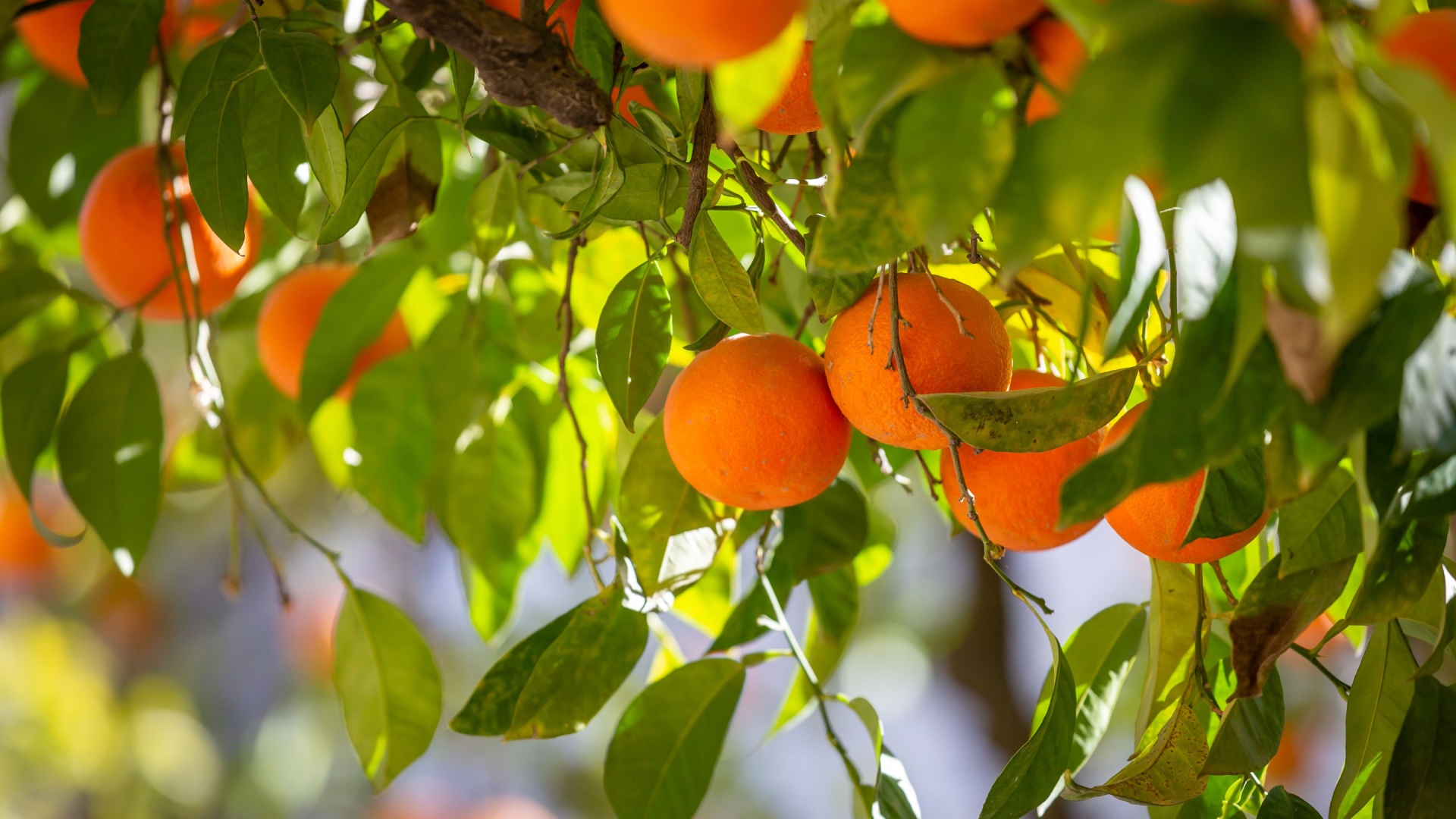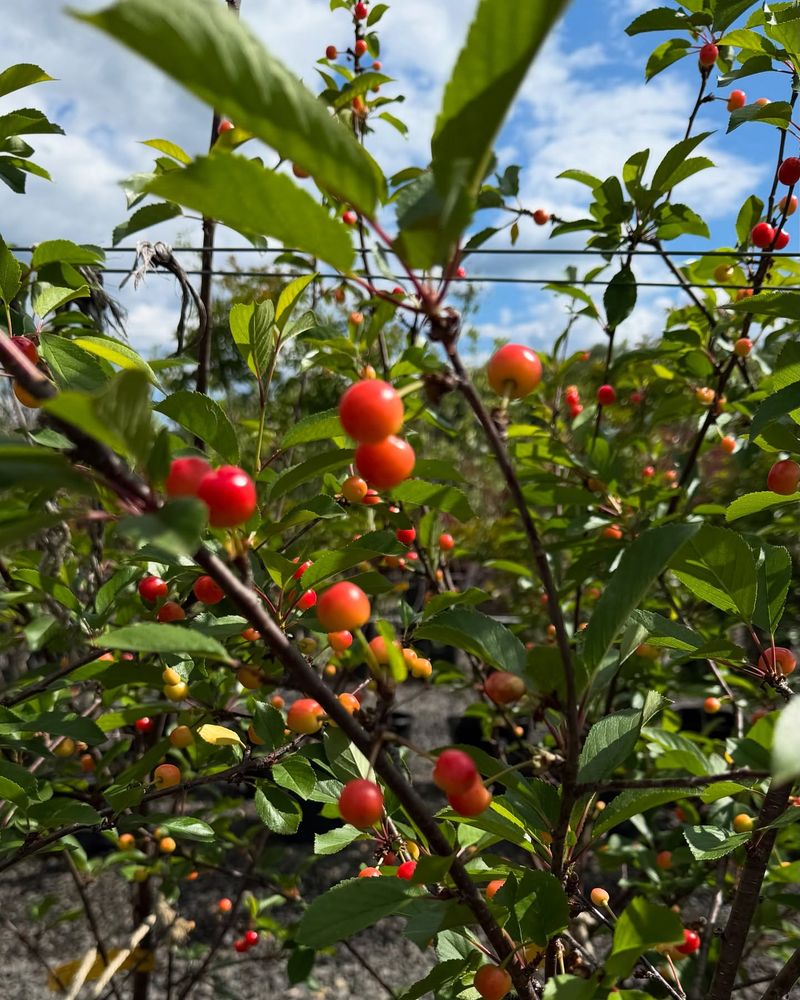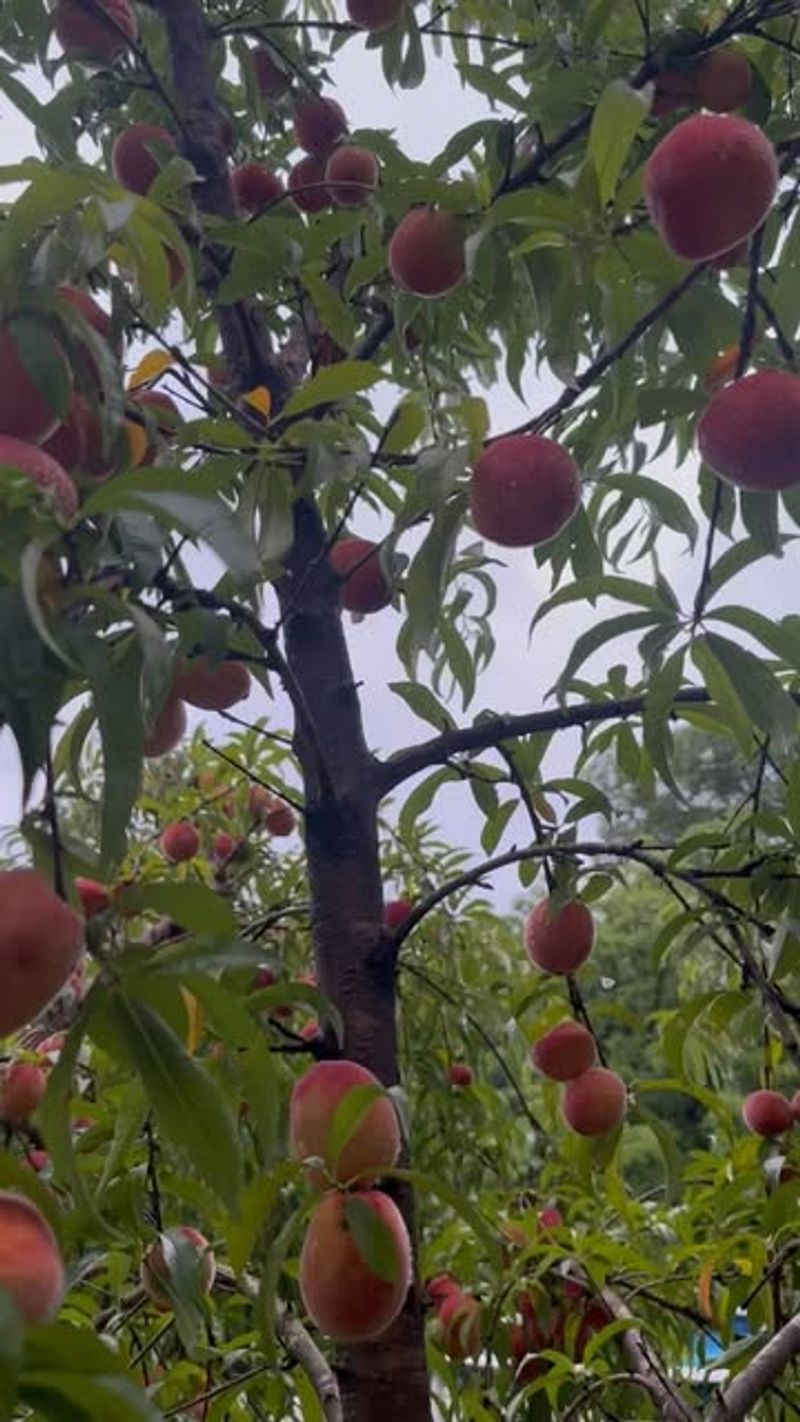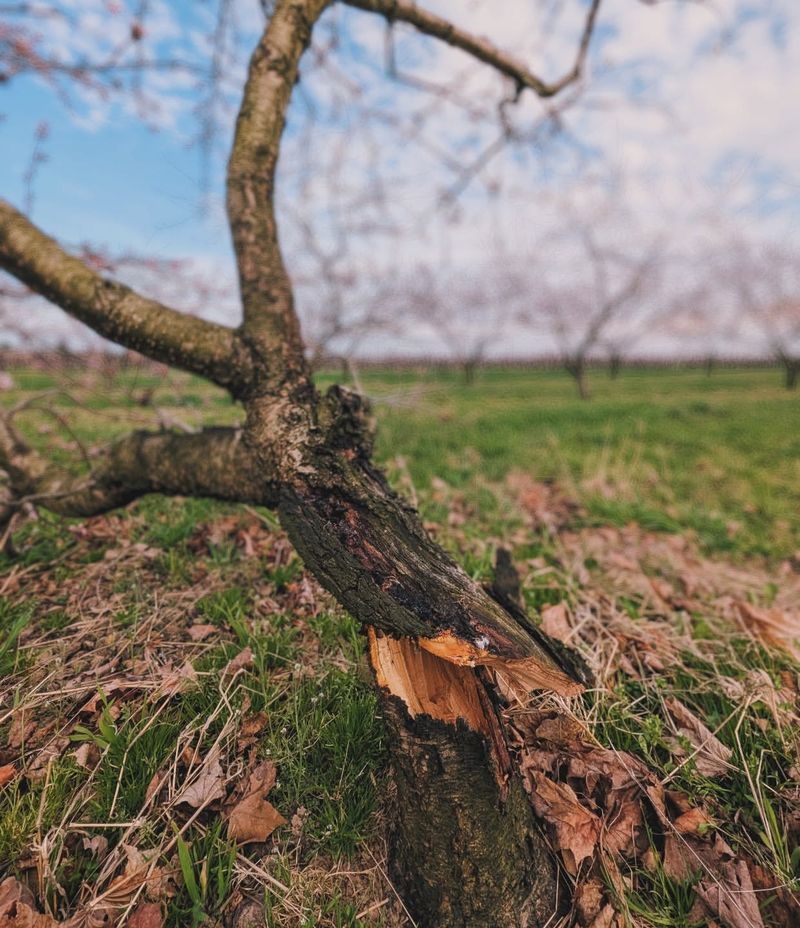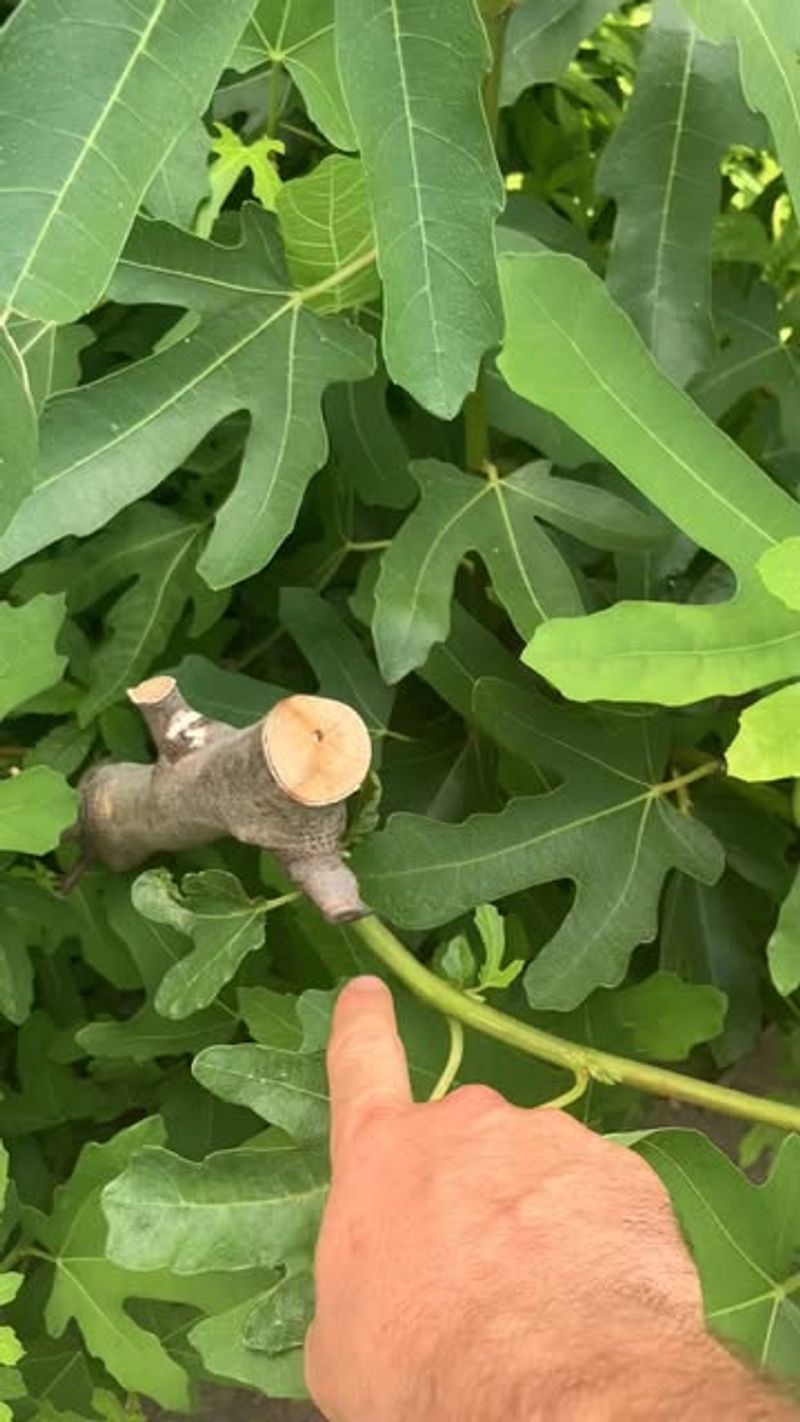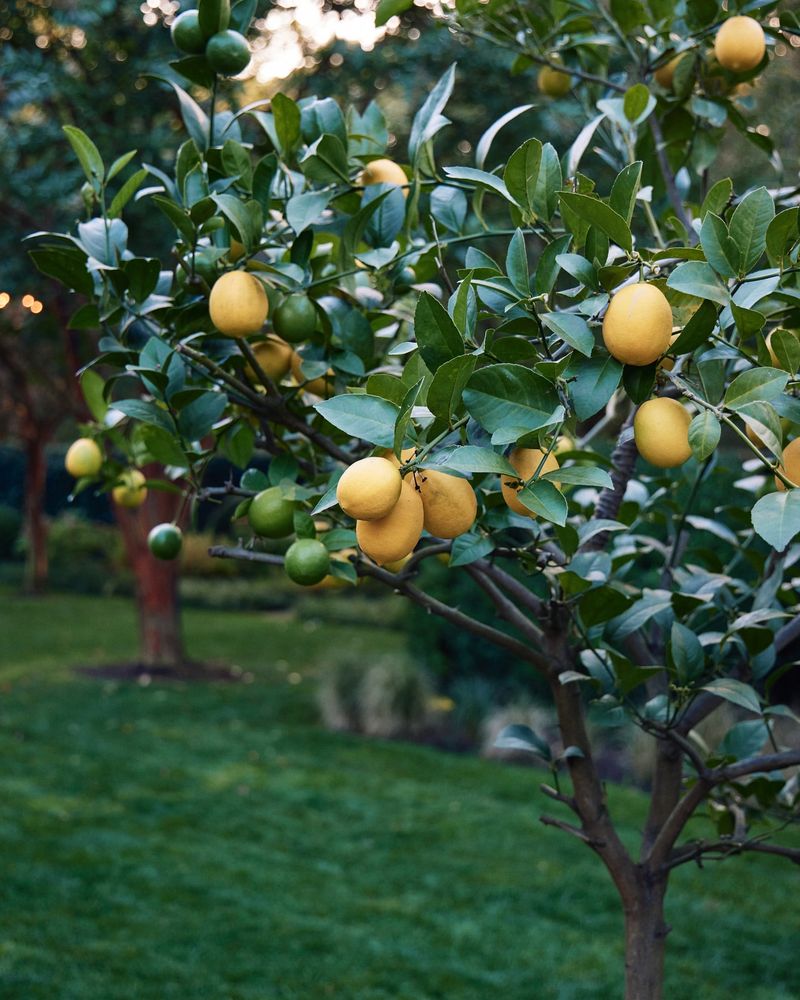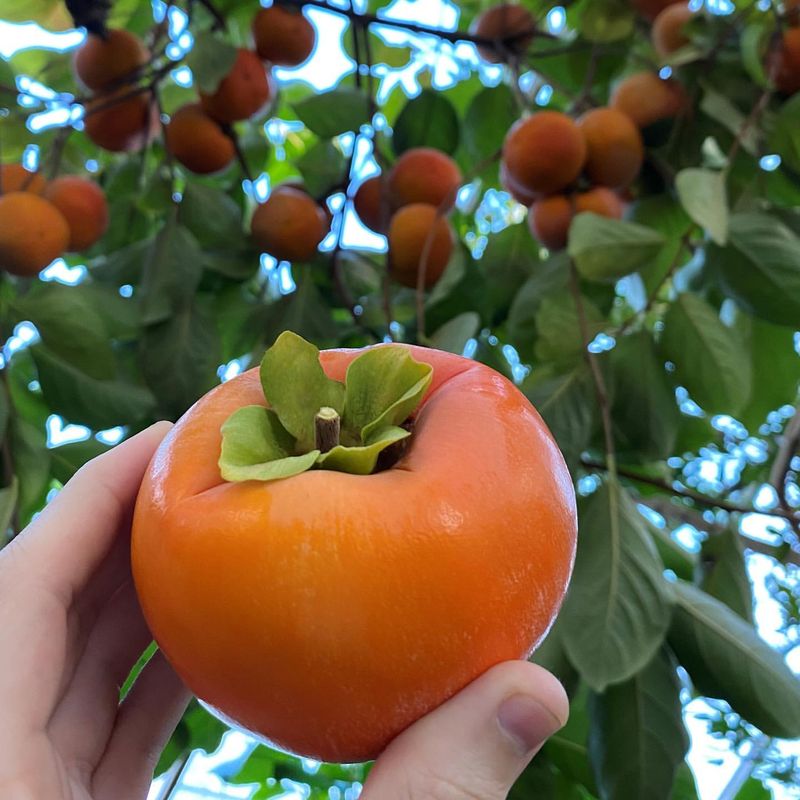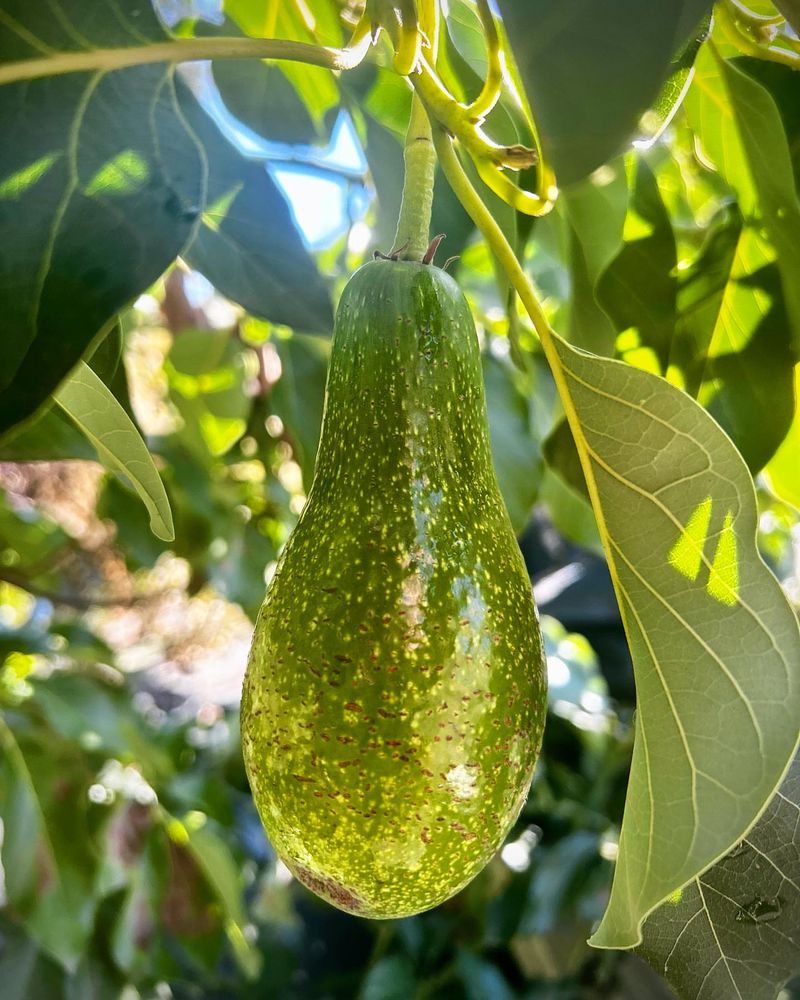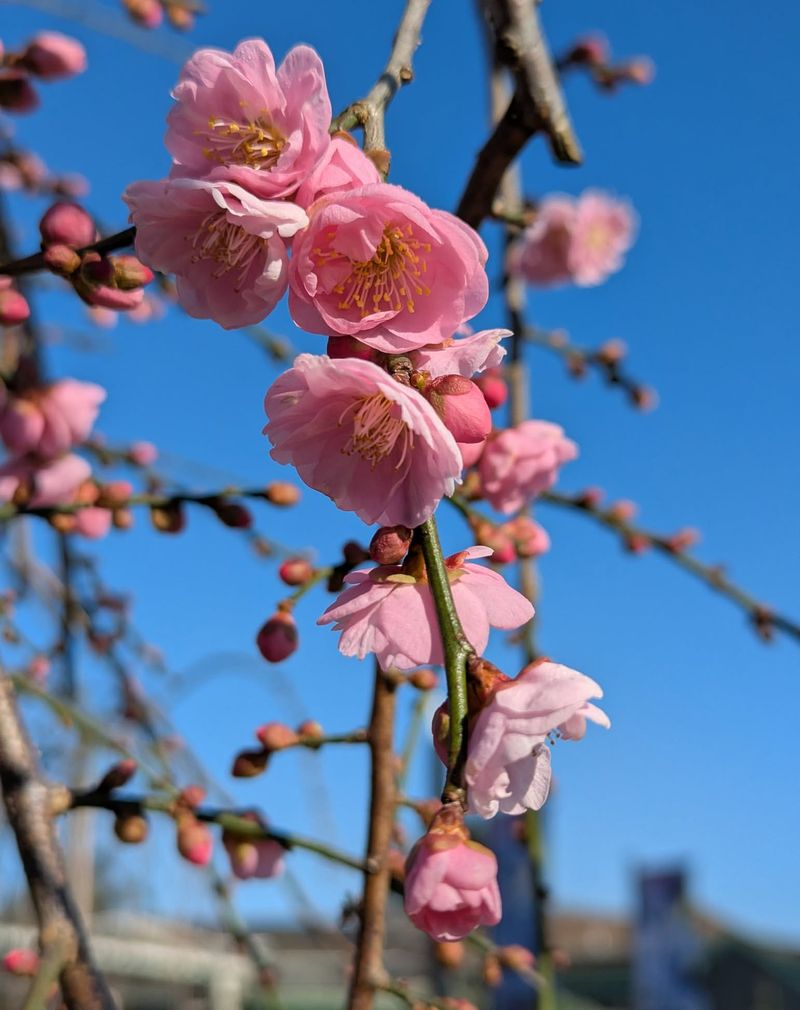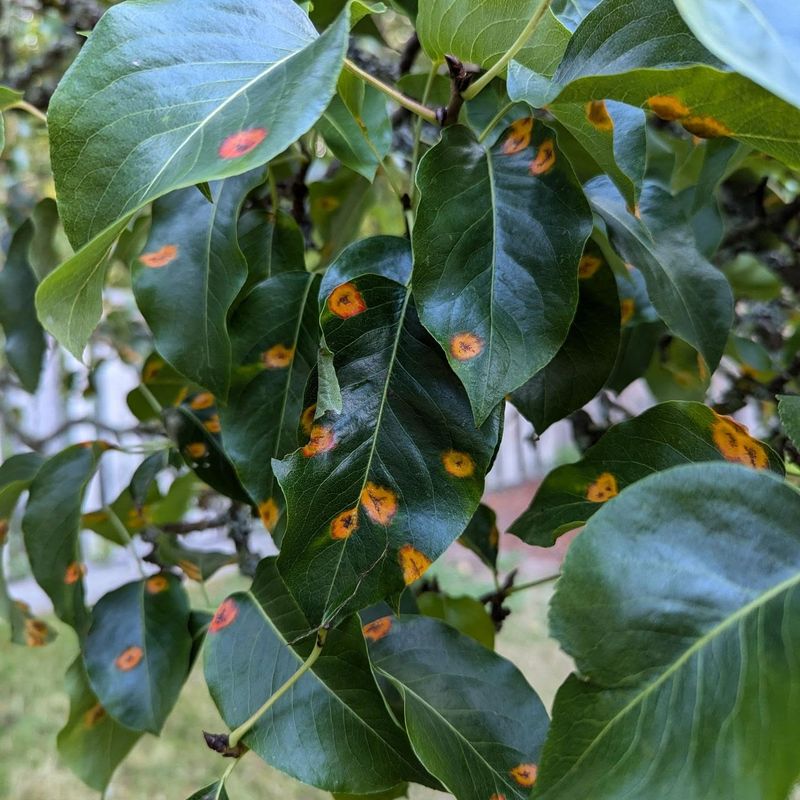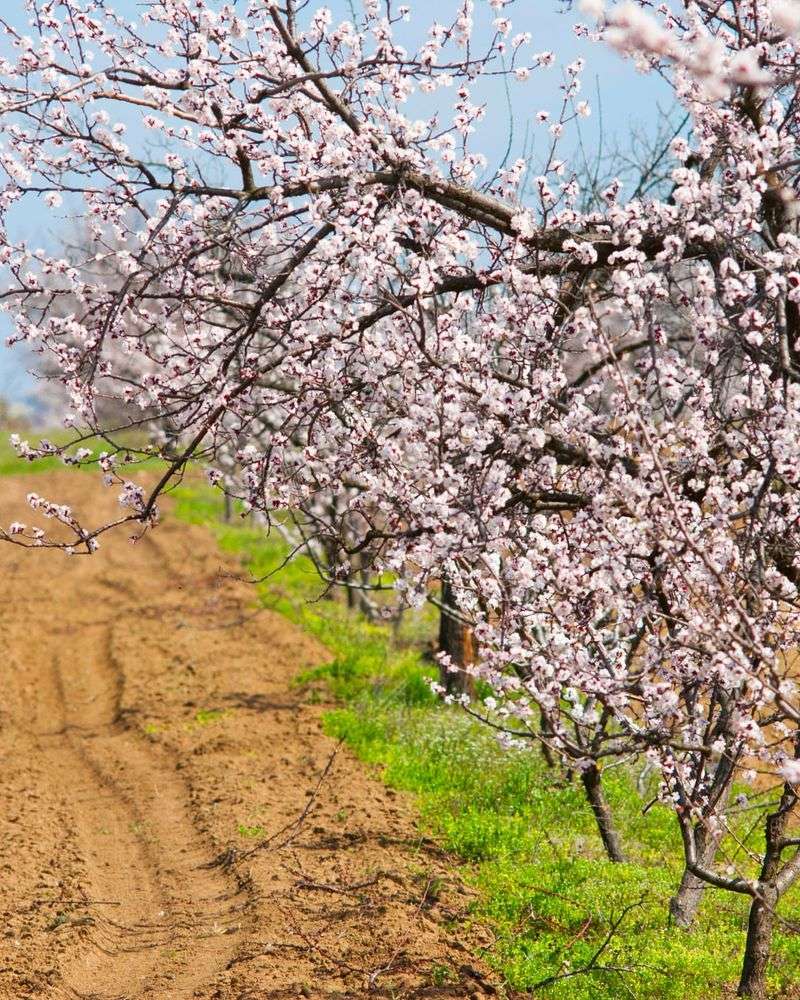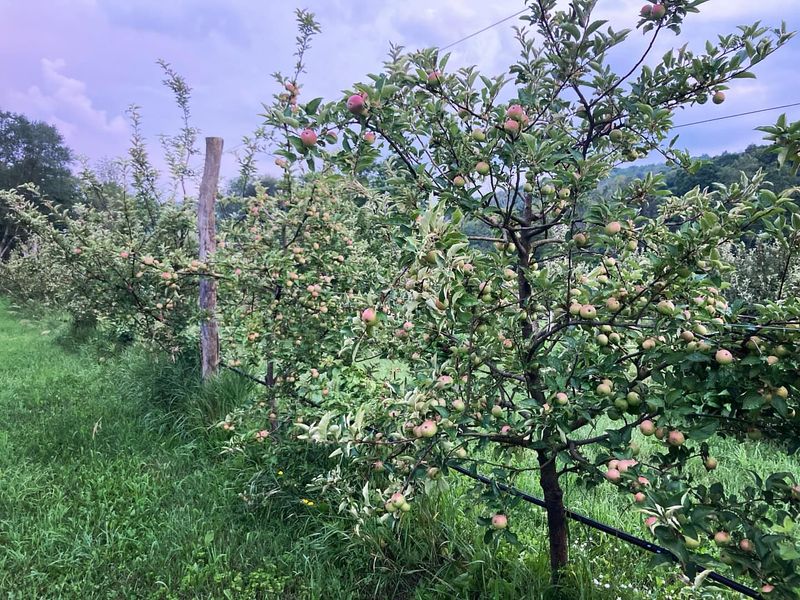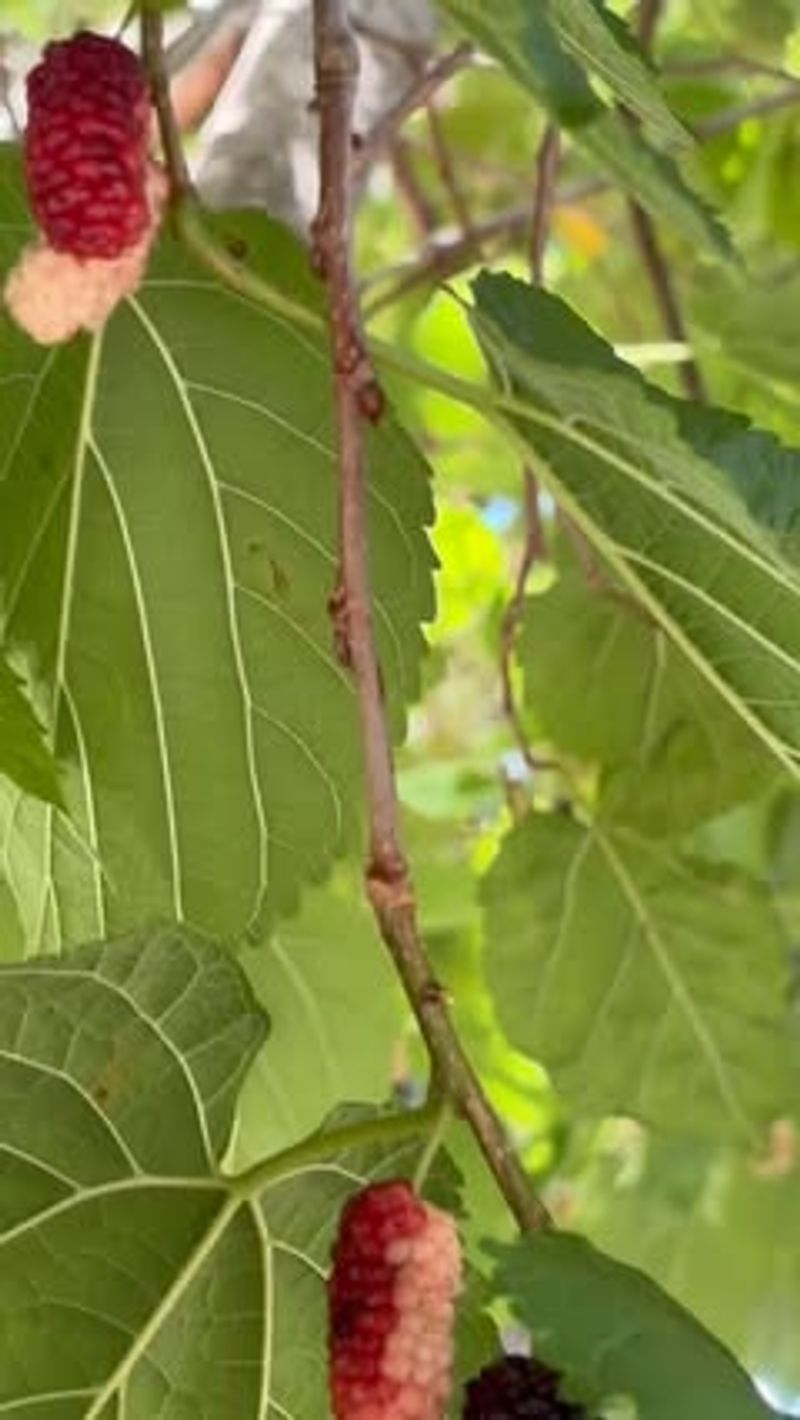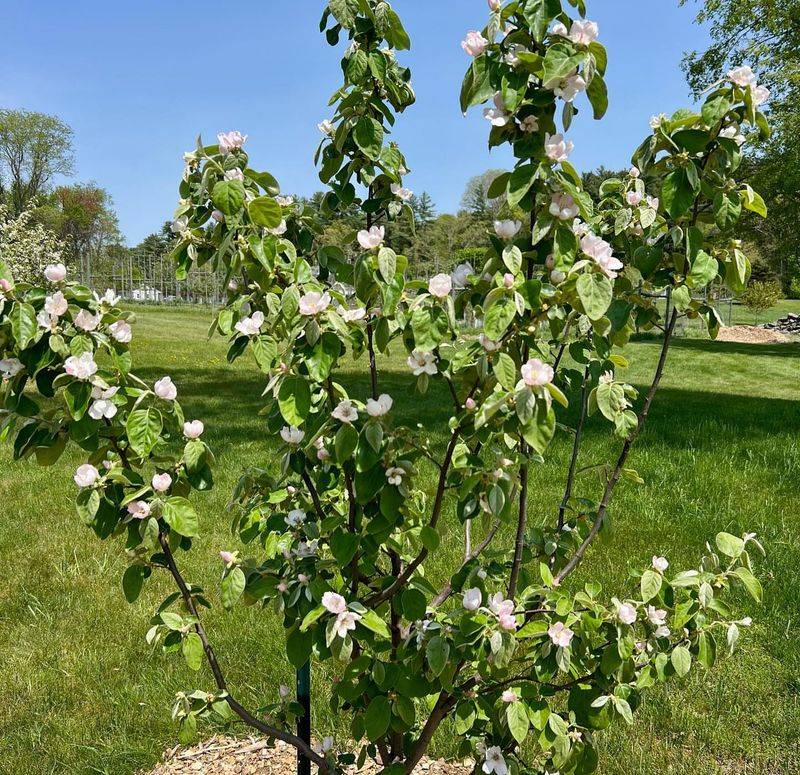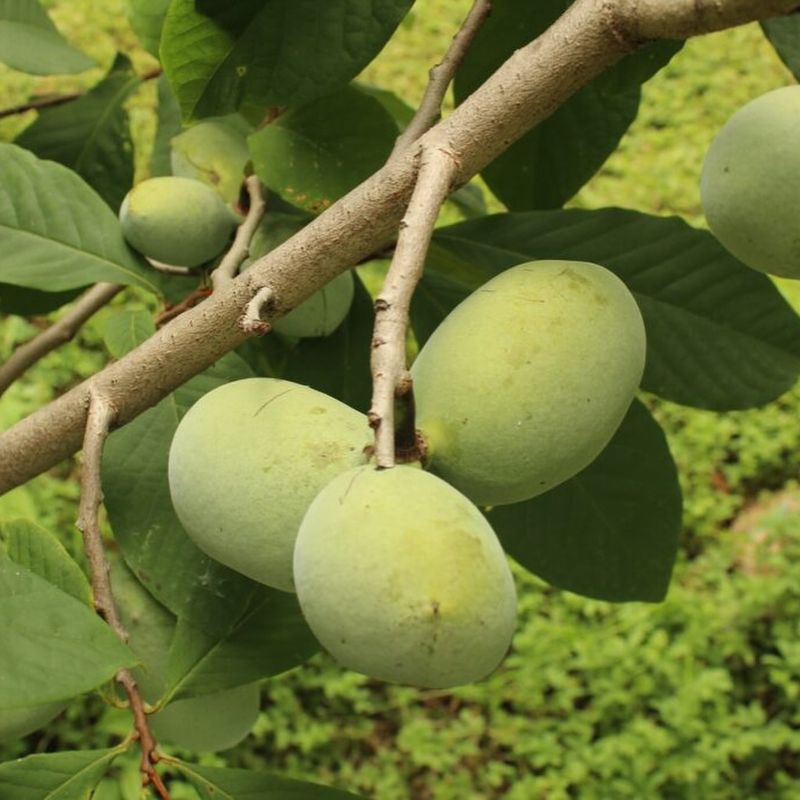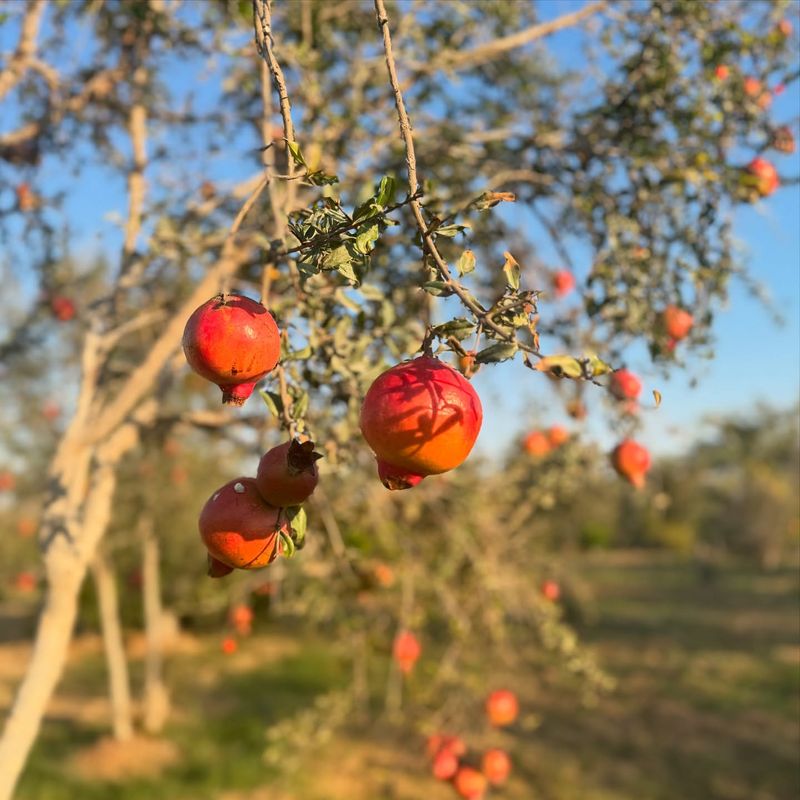Some fruit trees look great at the nursery—but I’ve learned the hard way they don’t stand a chance in Colorado. Late frosts, pests, and poor soil make certain varieties a total waste of time and money.
Local experts agree: the wrong tree won’t just struggle—it’ll fail. Smarter picks mean less hassle and way more fruit.
1. Sweet Cherry Trees
Sweet cherry varieties like Bing and Rainier rarely succeed in Colorado’s fickle spring weather. Late frosts typically kill the early blossoms, resulting in years without any fruit production.
Even if flowers survive, the dry climate invites pest problems that are difficult to manage organically. Most home gardeners end up with beautiful ornamental trees that never produce the promised bowls of juicy cherries.
Commercial cherry orchards in Colorado are located in very specific microclimates that most residential properties simply don’t share.
2. Peach Trees (Most Varieties)
Dreaming of homegrown peaches? Most varieties set their flower buds in winter, making them extremely vulnerable to Colorado’s temperature swings. When -10°F temperatures hit after warm spells, those buds die instantly.
Additionally, peach trees often break under heavy snow loads due to their brittle wood. The few that manage to produce fruit frequently suffer from peach leaf curl and borers that require intensive chemical management.
Only a handful of specialized cold-hardy varieties have any chance of success here.
3. Nectarine Trees
Nectarines face even greater challenges than their fuzzy peach cousins in Colorado’s climate. Their smooth-skinned fruits crack easily with our inconsistent moisture levels and intense sunshine.
Local garden center owner Maria Johnson notes that nectarine trees frequently develop cytospora canker in our region. This fungal disease spreads quickly, causing branches to die back and eventually killing the entire tree.
Few gardeners ever harvest more than a handful of usable fruits before their trees succumb to disease or weather damage.
4. Fig Trees
Mediterranean fig trees might thrive in California, but Colorado’s winters spell disaster for these warmth-loving plants. The wood typically dies back to the ground each winter, preventing the development of a proper tree structure.
While the roots may survive, the new growth rarely has time to produce and ripen fruit before fall frosts arrive. Some gardeners attempt growing figs in containers they move indoors, but these rarely produce significant harvests.
The dry air also creates perfect conditions for spider mites that quickly infest these struggling trees.
5. Citrus Trees
Lemon, lime and orange trees captivate gardeners with their fragrant blossoms and bright fruits, but they’re guaranteed failures in Colorado’s outdoor gardens. These tropical trees cannot tolerate any frost and require humidity levels our climate simply doesn’t provide.
Even as houseplants, they struggle with our dry indoor winter air. The few fruits that develop indoors often drop prematurely due to stress.
Master Gardener Tom Williams explains that citrus trees in Colorado homes frequently develop nutrient deficiencies that are difficult to correct.
6. Japanese Persimmon
Japanese persimmons entice gardeners with their beautiful fall foliage and unique fruits, but Colorado’s winters typically kill these trees outright. Unlike their American cousins, these Asian varieties cannot handle temperatures below zero.
Front Range gardeners who manage to keep them alive through mild winters find the growing season too short for fruits to fully ripen. The unripe fruits contain high levels of astringent tannins that make them inedible.
Squirrels and birds typically damage the few fruits that do develop before they can be harvested.
7. Avocado Trees
Growing that pit from your morning avocado toast into a fruit-producing tree remains a pipe dream in Colorado. These tropical trees cannot survive outdoors in our climate and rarely produce fruit even as houseplants.
Avocados require high humidity and consistent warm temperatures that Colorado homes typically lack. The dry air causes leaf drop and stress that prevents flowering.
Colorado State University extension horticulturist Dr. Amanda Chen advises gardeners to enjoy avocados from the grocery store and focus on plants better suited to our challenging growing conditions.
8. Apricot Trees (Early Blooming Varieties)
Early-blooming apricot varieties break many Colorado gardeners’ hearts. Their beautiful pink flowers emerge during February or March warm spells, only to be killed by inevitable late frosts.
Veteran orchardist Mike Peterson explains that standard apricot varieties produce a crop in Colorado roughly once every five years. The remaining seasons end in disappointment when freezing temperatures destroy the blossoms.
While a few ultra-late blooming varieties exist, most apricot trees sold at garden centers are inappropriate for our climate and set gardeners up for failure.
9. European Pear Trees
Bartlett, D’Anjou and other European pear varieties struggle with Colorado’s fire blight pressure. This bacterial disease spreads rapidly during spring rainstorms, causing branches to blacken and die as if scorched by flames.
Unlike apples, European pears have few disease-resistant varieties adapted to our conditions. Their susceptibility to fire blight means most trees become infected within their first few years.
Asian pear varieties show slightly better resistance but still require intensive management with antibiotics and careful pruning that most home gardeners cannot provide.
10. Almond Trees
Almond trees tantalize gardeners with their early pink blossoms similar to peaches, but they’re among the most frost-sensitive stone fruits. Their early bloom time virtually guarantees flower loss in Colorado’s unpredictable spring weather.
Beyond frost issues, almonds require long, hot summers to properly develop their nuts. Colorado’s growing season simply isn’t long enough in most areas to produce mature nuts before fall frosts arrive.
The trees also attract peach tree borers that can girdle and kill the trunk within a single season.
11. Standard Size Apple Trees
While apples generally grow well in Colorado, full-sized standard apple trees create numerous problems for home gardeners. Their massive 25-30 foot height makes pruning, spraying, and harvesting dangerous without professional equipment.
Standard trees take 7-10 years before producing significant fruit, testing even patient gardeners. The enormous canopy creates excessive shade that prevents other plants from thriving beneath.
Semi-dwarf varieties offer all the benefits with none of these drawbacks, making standard apple trees a poor choice despite their theoretical cold hardiness.
12. Non-Native Mulberry Trees
White and red mulberry varieties stain driveways, attract nuisance birds, and create massive cleanup headaches for Colorado gardeners. The fallen fruits ferment quickly, creating slippery hazards on walkways and patios.
Many counties now classify these non-native mulberries as nuisance trees due to their aggressive spreading. Birds distribute the seeds widely, creating unwanted seedlings throughout neighborhoods.
Male fruitless varieties avoid the mess but still produce allergenic pollen that triggers respiratory problems for many residents during spring.
13. Quince Trees
Ornamental quince may thrive in Colorado, but fruiting quince trees frequently disappoint. These Central Asian natives suffer badly from fire blight, with infections often killing entire branches during wet springs.
The rock-hard fruits require extensive cooking to become edible, unlike modern apple and pear varieties. Few gardeners have the patience to process the astringent fruits into usable preserves.
Colorado’s alkaline soils also cause nutrient deficiencies in quince trees, resulting in yellowed leaves and poor growth despite regular fertilization.
14. Non-Hardy Pawpaw Varieties
Standard pawpaw varieties entice gardeners with promises of tropical-flavored native fruits, but most commercially available pawpaws come from southern genetic stock unsuited to Colorado’s climate. These trees frequently suffer winter dieback or fail to flower properly in our shorter growing season.
Pawpaws require very specific humidity and soil conditions rarely found in Colorado landscapes. Their pollination needs also challenge gardeners, as they require cross-pollination with genetically different trees.
Only specially selected cold-hardy pawpaw varieties have any chance of success here.
15. Pomegranate Trees
Pomegranates make gorgeous container specimens but fail miserably as in-ground trees in Colorado. Their Mediterranean origins make them completely unsuited to our winter temperatures, with wood dying back severely even in mild winters.
Garden columnist Elaine Rodriguez notes that pomegranates require 150-180 frost-free days to properly ripen fruit. Most Colorado locations offer only 120-140 frost-free days, leaving fruits permanently sour and underdeveloped.
The dry climate also increases susceptibility to spider mites and scale insects that quickly weaken these struggling trees.

